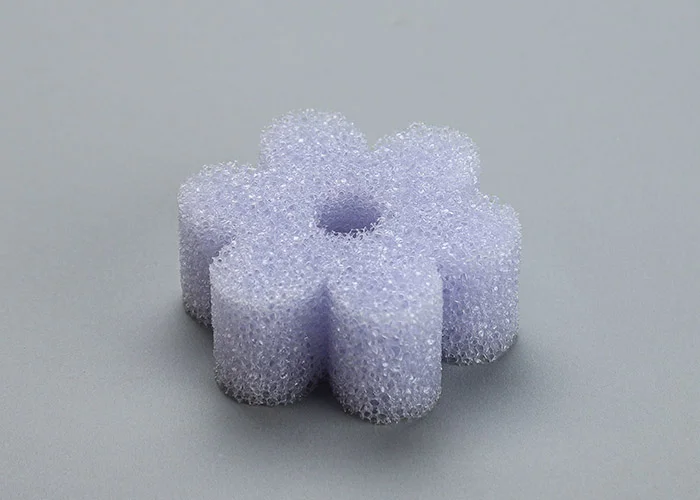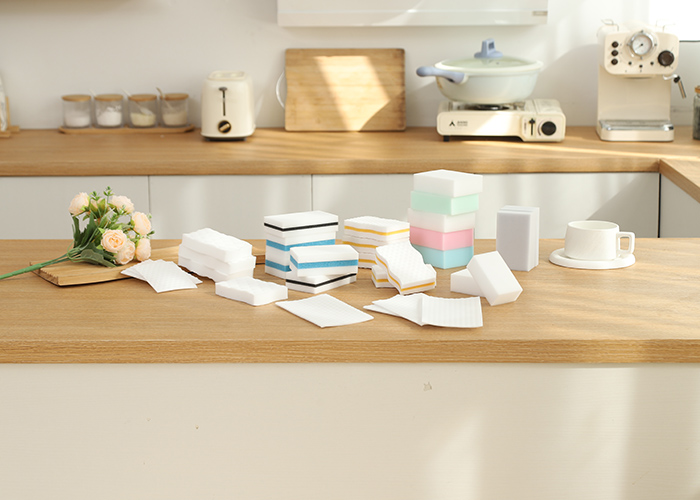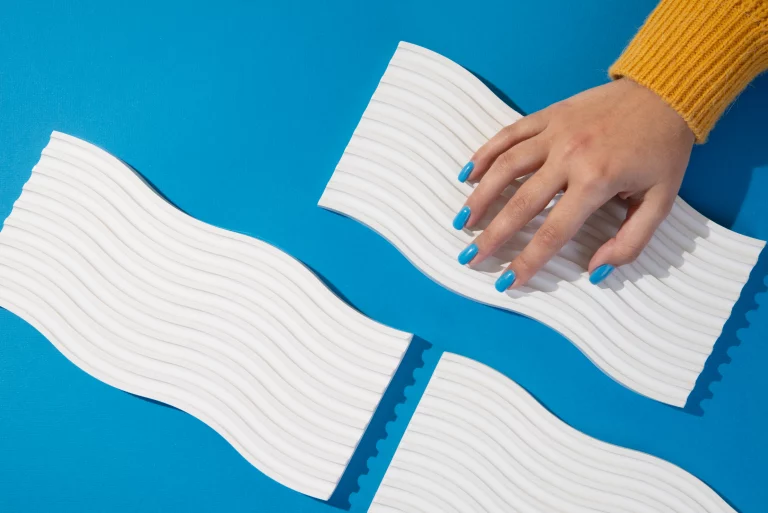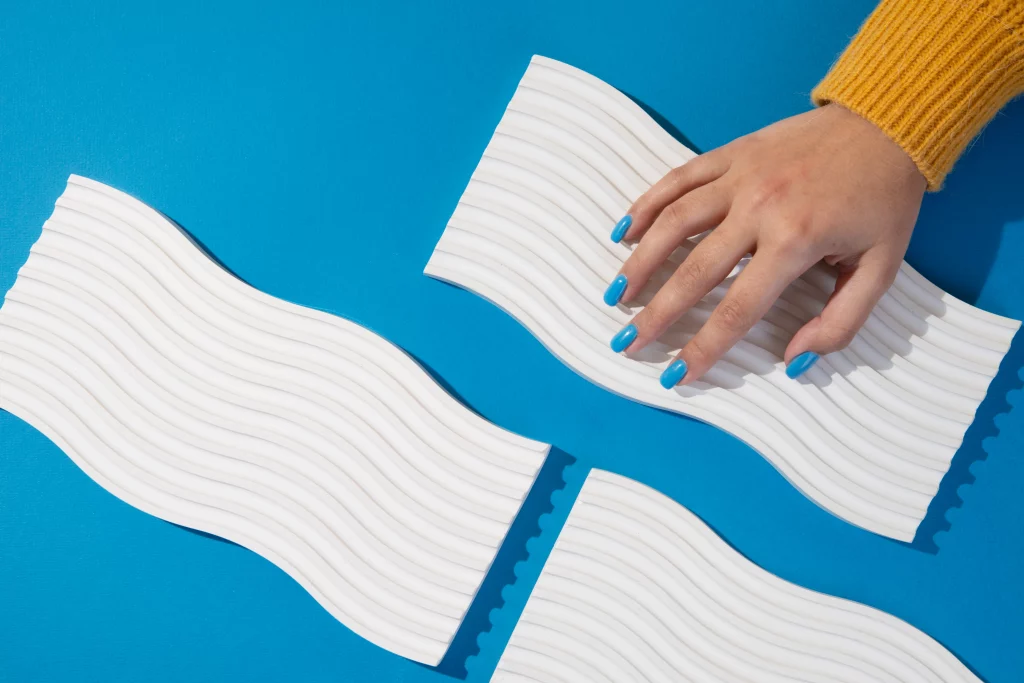It is well known that canvas is a handy material used for art, furniture, and outdoor stuff. Its rough texture makes it tough to clean. Canvas is usually made from cotton or linen. And It has a woven surface with tiny grooves and fibers. These grooves catch dirt, stains, and marks. Cleaning them is hard without hurting the fabric. Also, canvas often has coatings or primers. These can react badly to cleaning products or rough tools.
Untreated canvas soaks up liquids fast. When you add water or cleaners, they sink into the fibers. This can make cleaning uneven or make stains worse if you’re not careful. For painted or primed canvas, such as in artwork, cleaning is trickier. But don’t worry, FoamTech will easy to know that you don’t want to harm the paint layer.
Common Types of Marks Found on Canvas
Canvas gets different marks depending on how it’s used. In art, you might see smudges from pencils or charcoal. Paint splashes and fingerprints are common too. For canvas on furniture or outdoor items, you get food spots, grease stains, mildew, or dirt from everyday use.
Each mark needs its own cleaning method to avoid damage. For example, grease stains need special cleaners safe for fabric. Mildew might need anti-fungal stuff that won’t hurt the canvas.
Can a Magic Eraser Be Used on Canvas Without Damage?
How Does a Magic Eraser Work?
A magic eraser on canvas is made from melamine foam. It acts like super-fine sandpaper when wet. It scrubs away dirt and marks with its tiny rough bits. The foam reaches into small grooves where other tools can’t go. Magic eraser on canvas cleans tough stains without extra chemicals. But its rough nature means you must use it carefully on soft surfaces to avoid scratches.
Potential Risks When Using Magic Erasers on Canvas
Using a magic eraser on canvas can work well, but it has risks. Its rough design can fray fibers or leave wear marks on plain canvas. For painted canvas or ones with coatings, like gesso, the eraser might scrape off paint or ruin the finish.
Discoloration is another worry. If you scrub too hard or too long, you might make lighter patches. This is a big risk for colored or dyed canvas. The color might come off unevenly.
How Do You Safely Use a Magic Eraser on Canvas?
Preparing the Canvas for Cleaning:
Check the mark: Figure out what made the mark, like grease or ink. This helps you know if a magic eraser is okay to use.
Test a hidden spot: Try the eraser on a secret part of the canvas. This checks for bad effects like fading or scratches.
Brush off loose dirt: Use a soft brush or cloth to wipe away loose dust. This stops dirt from getting stuck deeper when cleaning.
Wet the eraser: Dampen the magic eraser to make it work better and less rough.
Step-by-Step Guide to Using a Magic Eraser on Canvas:
Dampen lightly: Wet the magic eraser on canvas with water. Squeeze out extra water so it’s damp, not dripping.
Use soft pressure: Rub the mark gently in small circles. Don’t press hard to avoid hurting fibers or coatings.
Focus on the mark: Clean only the stained spot. Don’t scrub big areas for no reason.
Rinse often: Rinse the eraser and canvas now and then. This clears away loose dirt and stops it from spreading.
Blot dry: After cleaning, pat the canvas with a clean towel to soak up water.
Check the results: Look at the canvas. See if you need to clean more. Don’t scrub one spot too much.
These steps help you use a magic eraser on canvas to clean stains without harming the material.
Are There Alternatives to Magic Erasers for Canvas Cleaning?
Comparing Different Cleaning Tools for Canvas
A magic eraser on canvas is popular, but other tools and methods can work too. It depends on the mark and canvas type. Soft-bristled brushes are good for sweeping off loose dirt and dust. They’re gentle and won’t fray plain canvas fibers.
For tougher stains, microfiber cloths with water or mild cleaner are safer. They’re less rough than melamine foam. They lift dirt from canvas grooves well. Sponges made for delicate materials are another option. They clean more softly than magic erasers.
Special cleaners, like enzyme-based ones or fabric-safe stain removers, work for certain stains like grease or mildew. These target specific marks without hurting the canvas. Always test cleaners on a hidden spot first.
For painted or primed canvas, use cotton swabs with distilled water or mild soap. This lets you clean small areas without harming nearby paint. It’s great for fixing artwork.
When to Consider Professional Cleaning Services
Professional cleaners are a good choice for valuable or badly damaged canvas. Art experts have special tools and skills. They clean thoroughly while keeping the canvas safe. They can handle tough problems like deep stains, mold, or fading from long-term damage.
For outdoor canvas, like awnings or tents, pros can clean and restore waterproofing. They remove dirt and mildew too. Upholstery cleaners offer custom fixes for canvas furniture.
Hire pros if your cleaning doesn’t work or if you’re unsure how to treat a stain. It costs more, but it keeps delicate canvas safe with expert care.
Why Is FoamTech’s Product Ideal for Mark Removal on Canvas?
Features That Make It Suitable for Delicate Surfaces
FoamTech’s product is a top pick for cleaning marks on canvas. It uses advanced melamine foam that cleans well on rough surfaces like canvas. Its tiny rough bits reach into grooves where dirt hides.
FoamTech cleans stains with one wipe, no extra chemicals needed. This is perfect for delicate surfaces where strong cleaners might cause fading or damage. The foam is made to clean well but stay gentle if used right.
Also, FoamTech is safe for users. It doesn’t give off bad smells or leave harmful stuff behind. This makes it good for people and the planet. It works on more than canvas, like plastic, ceramic, or metal.
The light design of FoamTech makes it easy to use. You can move it around comfortably, even on big canvas areas or detailed designs. This helps when you need to clean carefully.
Where Can You Find FoamTech Products?
FoamTech products are easy to find. You can get them online, at art supply stores, or at home improvement shops. People looking to clean canvas can check these places for FoamTech options.
Online stores have details and reviews. These help you pick the right FoamTech product for your needs. Many websites offer fast delivery and good prices.
If you like shopping in person, visit local stores with art or cleaning supplies. You can see FoamTech products up close before buying. Store workers can give tips on how to use them for your project.
With FoamTech’s smart melamine foam, cleaning stains on canvas is simple. It keeps delicate materials safe while getting the job done.
FAQ
Q1:Can I use household cleaners instead of special canvas cleaners?
A: Some household cleaners might work in a pinch. But they often have strong chemicals that can harm canvas. It’s better to use products like FoamTech made for delicate surfaces.
Q2: How often should I clean canvas?
It depends on how it’s used. For art or furniture, clean when you see dirt or stains. For outdoor canvas, clean every few months to stop mildew or grime buildup.
Q3: Are there other tools besides magic erasers for canvas stains?
Yes, try soft brushes with mild soap or microfiber cloths with water. Special canvas cleaning kits from stores work well too.










